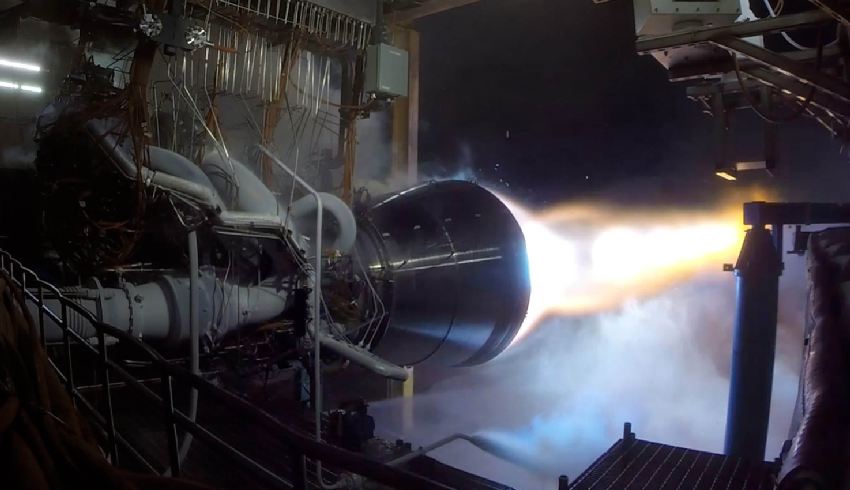
The Institute for Advanced Engineering and Space Sciences in Toowoomba and Mt Kent Observatory will focus on hypersonic propulsion systems, advanced materials and astrophysics.
Minister for Industry, Science and Technology Karen Andrews said it would complement the work of the Australian Space Agency.
"The institute will help our space efforts by focusing on cutting-edge technology and world-class infrastructure," she said.
The University of Southern Queensland (USQ) has an impressive space program, with its Mt Kent Observatory providing the only ground-based support in the southern hemisphere for NASA’s Transiting Exoplanet Survey Satellite. This is part of a ground-breaking program searching for exoplanets – planets circling nearby stars.
Apart from NASA, the university also has agreements with a range of international organisations, including the German and Japanese space agencies.
Minister Andrews added, "The University of Southern Queensland has been actively involved with the Australian Space Agency, keeping the agency informed of its space program and working to support the growth of our space industry."
Mt Kent Observatory is Queensland's only professional astronomical research facility and supports two major research projects:
- MINERVA-Australis: This is a dedicated exoplanet observing facility. This is ground-based observational follow-up for the NASA space telescope Transiting Exoplanet Survey Satellite or TESS. Mt Kent observations thus contribute to the discovery and characterisation of nearby exoplanetary systems. The project uses an array of 0.7-metre aperture telescopes and a specialised spectrograph. This USQ-led project is supported by the Australian Research Council and a consortium of research-intensive universities in Australia and overseas.
- Shared Skies Partnership: USQ’s collaboration with the University of Louisville provides live remote-access observing using 0.5-metre and 0.7-metre aperture telescopes, and a wide-field camera. The partnership is used for research, research training, education and outreach, and enables access to northern skies via Moore Observatory in Kentucky. The partnership supports USQ’s front-line research into stellar magnetic activity, and an exoplanet survey called KELT-South, whose exoplanet transit observations complement MINERVA-Australis research.
USQ Centre for Astrophysics director Professor Brad Carter said the new facilities not only offered the potential to better observe objects in space near and far, but also to capitalise on the growing opportunities presented by the Australian Space Agency and international space industry.
"We already have a lot to offer through existing capabilities and talent, however, this expansion will allow us to unlock even more opportunities and further cement our existing international partnerships," Professor Carter said.
Receive the latest developments and updates on Australia’s space industry direct to your inbox. Subscribe today to Space Connect here.









